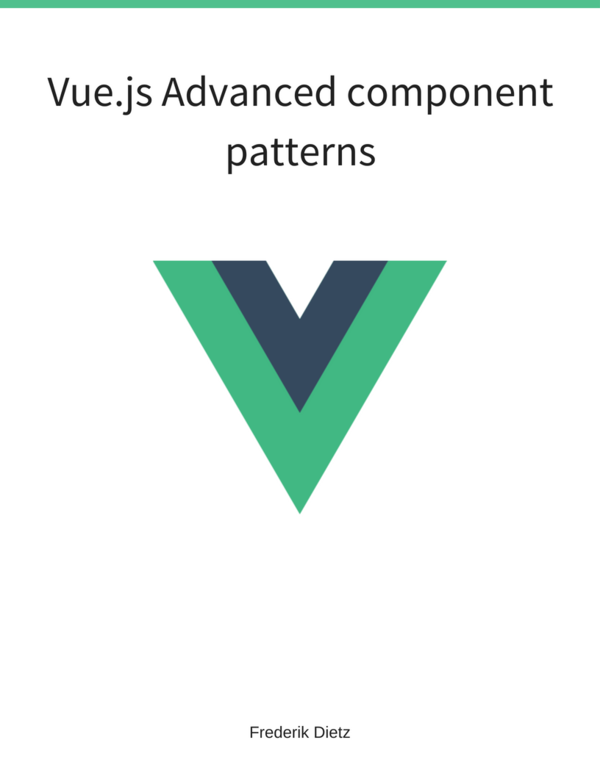- Home
- Introduction
- Controllers
-
Directives
- Enabling/Disabling DOM Elements Conditionally
- Changing the DOM in response to user actions
- Rendering an HTML Snippet in a Directive
- Rendering a Directive's DOM Node Children
- Passing Configuration Params Using HTML Attributes
- Repeatedly Rendering Directive's DOM Node Children
- Directive-to-Directive Communication
- Testing Directives
- Filters
- Using Forms
- Consuming External Services
- Urls Routing and Partials
- Common User Interface Patterns
- Backend Integration with Ruby on Rails
- Backend Integration with Node Express
Testing Directives
Problem
You wish to test your directive with a unit test. As an example we will use a tab component directive implementation, which can easily be used in your HTML document.
<tabs>
<pane title="First Tab">First pane.</pane>
<pane title="Second Tab">Second pane.</pane>
</tabs>The directive implementation is split into the tabs and the pane directive. Let us start with the tabs directive.
app.directive("tabs", function() {
return {
restrict: "E",
transclude: true,
scope: {},
controller: function($scope, $element) {
var panes = $scope.panes = [];
$scope.select = function(pane) {
angular.forEach(panes, function(pane) {
pane.selected = false;
});
pane.selected = true;
console.log("selected pane: ", pane.title);
};
this.addPane = function(pane) {
if (!panes.length) $scope.select(pane);
panes.push(pane);
};
},
template:
'<div class="tabbable">' +
'<ul class="nav nav-tabs">' +
'<li ng-repeat="pane in panes"' +
'ng-class="{active:pane.selected}">'+
'<a href="" ng-click="select(pane)"></a>' +
'</li>' +
'</ul>' +
'<div class="tab-content" ng-transclude></div>' +
'</div>',
replace: true
};
});It manages a list of panes and the selected state of the panes. The template definition makes use of the selection to change the class and responds on the click event to change the selection.
The pane directive depends on the tabs directive to add itself to it.
app.directive("pane", function() {
return {
require: "^tabs",
restrict: "E",
transclude: true,
scope: {
title: "@"
},
link: function(scope, element, attrs, tabsCtrl) {
tabsCtrl.addPane(scope);
},
template:
'<div class="tab-pane" ng-class="{active: selected}"' +
'ng-transclude></div>',
replace: true
};
});Solution
Using the angular-seed in combination with jasmine and jasmine-jquery, you can implement a unit test.
describe('MyApp Tabs', function() {
var elm, scope;
beforeEach(module('MyApp'));
beforeEach(inject(function($rootScope, $compile) {
elm = angular.element(
'<div>' +
'<tabs>' +
'<pane title="First Tab">' +
'First content is ' +
'</pane>' +
'<pane title="Second Tab">' +
'Second content is ' +
'</pane>' +
'</tabs>' +
'</div>');
scope = $rootScope;
$compile(elm)(scope);
scope.$digest();
}));
it('should create clickable titles', function() {
console.log(elm.find('ul.nav-tabs'));
var titles = elm.find('ul.nav-tabs li a');
expect(titles.length).toBe(2);
expect(titles.eq(0).text()).toBe('First Tab');
expect(titles.eq(1).text()).toBe('Second Tab');
});
it('should set active class on title', function() {
var titles = elm.find('ul.nav-tabs li');
expect(titles.eq(0)).toHaveClass('active');
expect(titles.eq(1)).not.toHaveClass('active');
});
it('should change active pane when title clicked', function() {
var titles = elm.find('ul.nav-tabs li');
var contents = elm.find('div.tab-content div.tab-pane');
titles.eq(1).find('a').click();
expect(titles.eq(0)).not.toHaveClass('active');
expect(titles.eq(1)).toHaveClass('active');
expect(contents.eq(0)).not.toHaveClass('active');
expect(contents.eq(1)).toHaveClass('active');
});
});Discussion
Combining jasmine with jasmine-jquery gives you useful assertions like toHaveClass and actions like click, which are used extensively in the example above.
To prepare the template we use $compile and $digest in the beforeEach function and then access the resulting Angular element in our tests.
The angular-seed project was slightly extended to add jquery and jasmine-jquery to the project.
The example code was extracted from Vojta Jina’ Github example - the author of the awesome Testacular.
